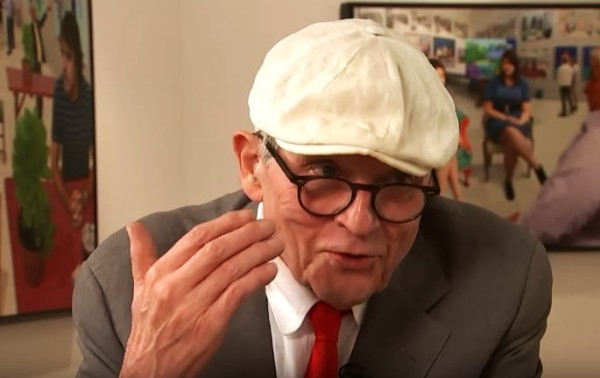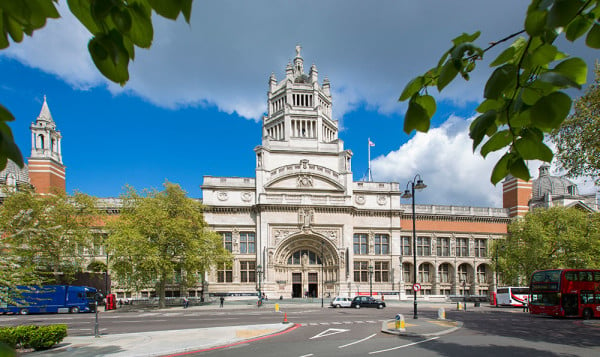People
David Hockney Joins Campaign to Halt Transfer of Bradford’s Photography Collection to London’s V&A
Campaigners have called the transfer an act of "cultural vandalism."

Photo: YouTube.
Campaigners have called the transfer an act of "cultural vandalism."

Lorena Muñoz-Alonso

A number of cultural luminaries, most notably the celebrated artist David Hockney, have condemned the Science Museum Group’s (SMG) plans to transfer up to 400,000 items from the Royal Photography Society’s collection, currently hosted in Bradford’s National Media Museum (NMM), to London’s Victorian & Albert Museum.
The Bradford-born Hockney, who will be the subject of a massive retrospective at Tate Britain in 2017, is one of over 83 signatories of a letter of opposition to the plans that was published in the Guardian on Sunday.
Other names include photographers Paul Graham and Martin Parr, as well as important institutional figures like Colin Ford, first director of the NMM; Sue Grayson Ford, founder of London’s Serpentine Gallery and former director of the Photographers’ Gallery; Simon Wallis, director of the Hepworth gallery in Wakefield; and Kathleen Soriano, former director of exhibitions at London’s Royal Academy of Arts.
In the letter, the signatories call the move a “backward step”:
The sudden and largely secret decision by the trustees of the Science Museum to relinquish the major part of the photography collection now in the National Media Museum, Bradford, is a backward step in our understanding of the importance of visual culture.
Adding that other solutions may have been overlooked:
These new proposals have consequences too great to be left to internal decisions within the Science Museum Group—as this appears to have been; then merely announced as a fait accompli. Has the Science Museum explored other options, such as making the museum independent? Or handing it over to the city of Bradford, which owns the building and has spent considerable sums of money on it over the years?

The National Media Museum in Bradford.
Photo: Wikimedia Commons.
In early February, when the announcement of the transfer was made, Simon Thompson, spokesperson of the Science Museum Group, which runs the MNN told TIME: “Thinking about a wide range of factors including: care of the collections, access, cataloging and digitization, alignment and scholarship, collections acquisition, [we] took the view that it would be in the interests of both SMG’s artistic photography collection and the nation’s broader cultural heritage to transfer these images to the V&A.”
Meanwhile, Martin Barnes, senior curator of photographs at the V&A, said at the time that joining the photography collections made “a huge amount of sense […] in terms of research, exhibitions, publications, access to the public, touring shows, conservation … It is a big project. It kickstarts a really exciting time for us, for photography.”
But for a growing group of critics, the plans do not make any sense at all, particularly because it deprives the north of England of a crucial artistic resource in its limited cultural landscape, transferring the vast of collection of images, cameras, and publications to London, which has a large number of museums and archives already.
They explain in the letter:
Moving most of the museum’s photography collection away from Yorkshire goes against government policy when the museum was opened—to put such facilities outside London—and against the present government’s claimed “northern powerhouse” strategy. A number of us who have deposited our photographs in the museum did so specifically because we wanted our work to be preserved in the north.

The Victoria and Albert Museum in London will become host to the world’s largest photography museum
Photo: vam.ac.uk/
The Guardian reports that local politicians have also chimed in, with Simon Cooke, Conservative leader on Bradford city council, telling the “great and the good in London:” “This is an appalling act of cultural vandalism. I know London is a big, grand, and fantastic city but to denude my city of these photographs reminds us that you … care not one jot for our heritage and history.”
The revolt against this London-centric plan is gaining momentum. But despite the high cultural standing of the signatories of the opposition letter, the urgent campaigning of local MPs, and the existence of a petition to halt the plans which has been signed by at least 27,000 people, the move, according to the Guardian, is still going ahead.